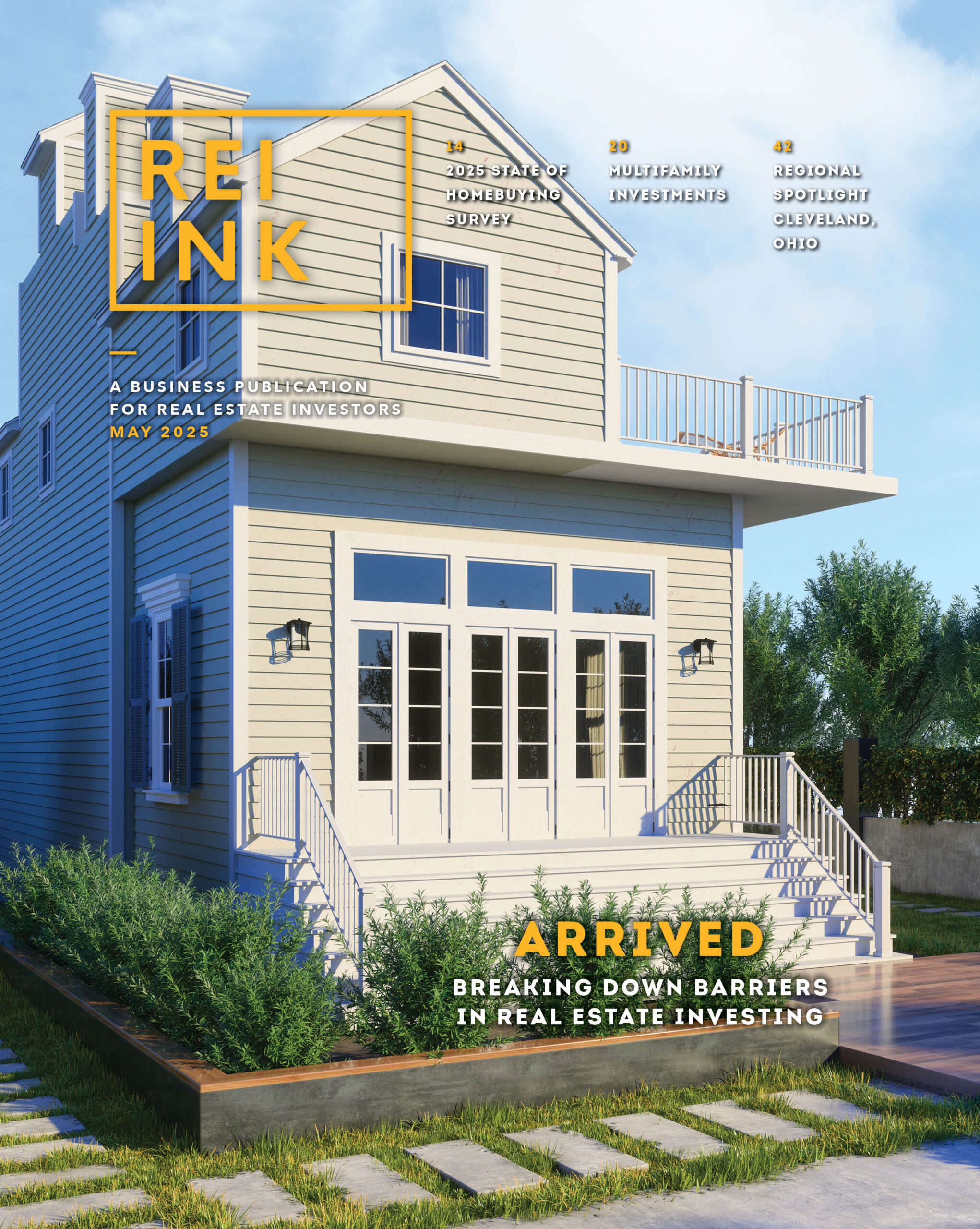A/C Maintenance 101
Maximize Your SFR Investment and Renter Satisfaction By Doug Ellis A/C maintenance is key to lowering energy bills and preventing expensive repairs. These items should be addressed as part of an A/C preventive maintenance visit. Summers can be tough on your air conditioning system. If you missed an early season A/C maintenance check on your single-family rental (SFR) properties, do not put it off any longer as fall and winter
Read More












